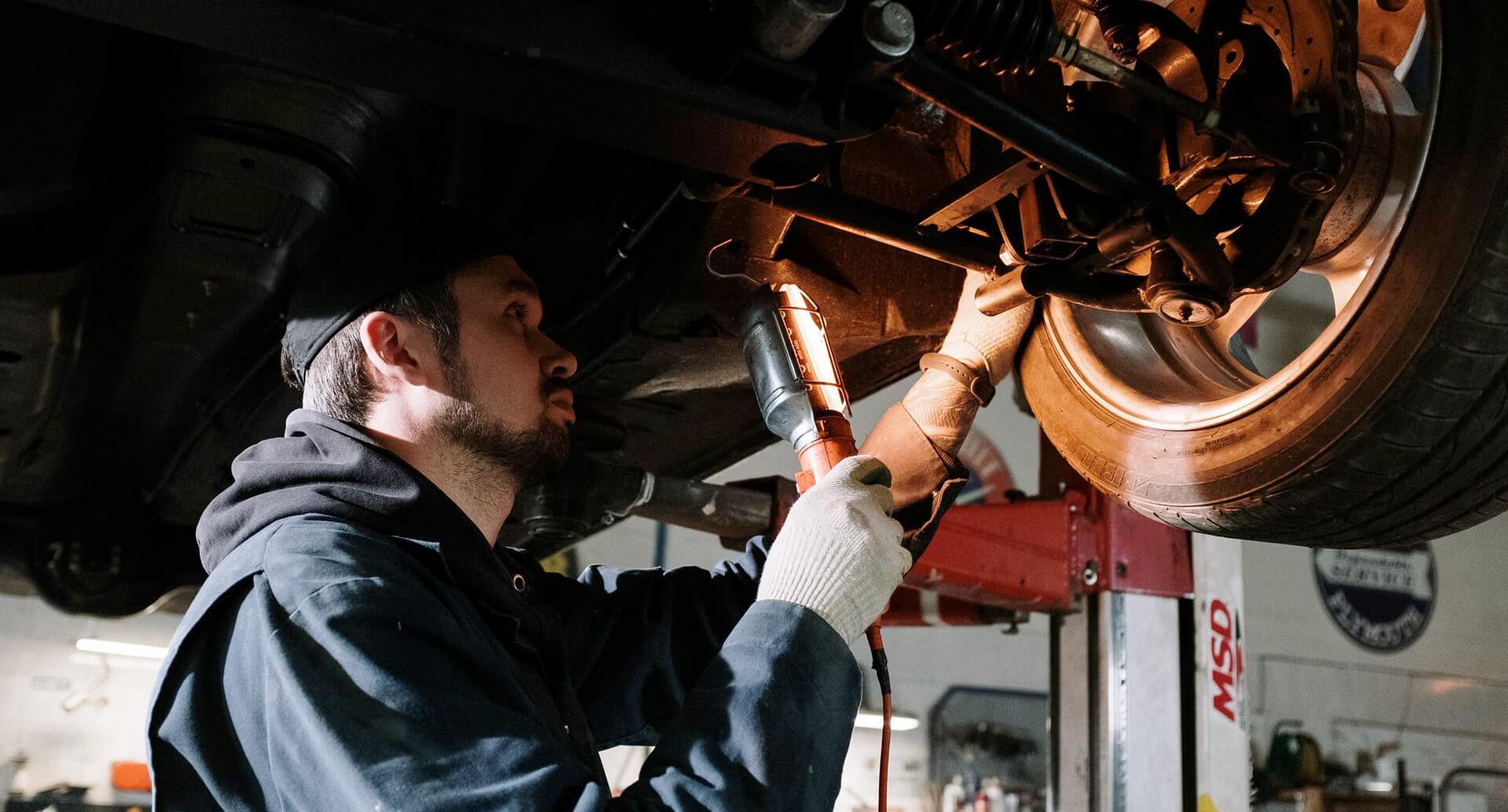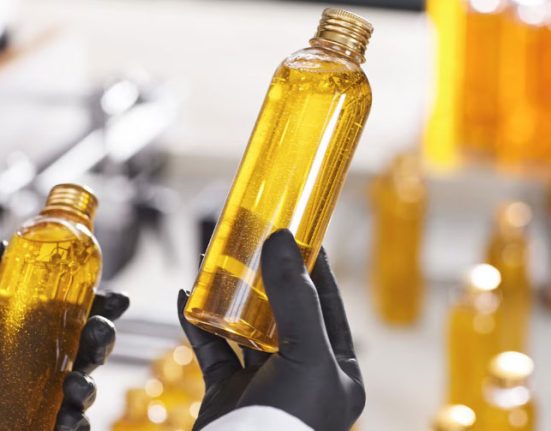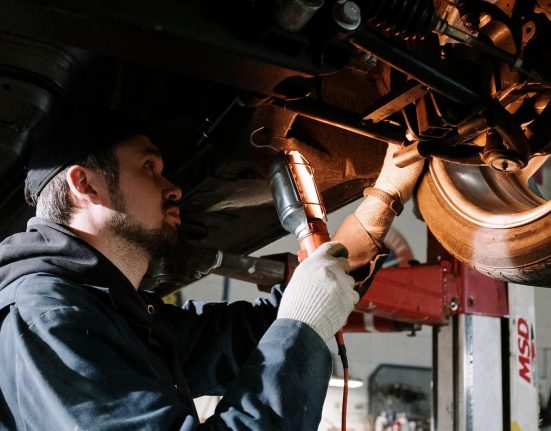Is Laser Cutting Machine Suitable for Non-Metal Materials?
Laser cutting technology has revolutionized the manufacturing industry by offering high precision and efficiency in cutting various materials. Traditionally, laser cutting machines have been primarily associated with metal materials, but as technology advances, they are now being utilized for non-metal materials as well. Non-metal materials such as plastics, wood, textiles, and ceramics are increasingly being processed using laser cutting machines. But is this technology truly suitable for non-metal materials? In this article, we will explore the factors that determine the suitability of laser cutting machines for non-metal materials and examine the various applications and benefits it offers to industries outside the metal sector.
1. Overview of Laser Cutting Technology
Laser cutting is a process that uses a high-powered laser beam to cut or engrave materials with precision. The laser beam is directed onto the material’s surface, where it melts, burns, or vaporizes the material, leaving a clean edge. Laser cutting is known for its ability to create intricate designs with high accuracy and minimal material waste. It has become a preferred method for cutting metals, but as the technology has evolved, it is now being applied to a variety of other materials.
2. Types of Non-Metal Materials Suitable for Laser Cutting
There is a wide range of non-metal materials that can be effectively cut using laser cutting technology. These include:
2.1 Wood
Wood is one of the most popular non-metal materials for laser cutting. The technology allows for precise and intricate cuts, making it ideal for producing decorative items, furniture, and customized wood products. Laser cutting on wood provides clean edges without splinters, and the process is highly efficient. However, the type of wood plays a significant role in the quality of the cut, with softer woods like plywood and MDF being easier to cut than harder woods.
2.2 Plastics
Laser cutting can be used on various plastics, including acrylic, polycarbonate, PVC, and nylon. The process is effective for producing precise shapes and intricate designs. Acrylic, in particular, is one of the most commonly cut plastics with lasers, as it produces clean cuts and can be easily engraved. However, the process can produce harmful fumes when cutting certain types of plastics, which requires proper ventilation or extraction systems to ensure safety.
2.3 Textiles
Laser cutting has also found applications in the textile industry. It is used to cut fabrics, leather, and synthetic textiles with great precision. Laser cutting allows for high-speed cutting with minimal fraying, making it ideal for mass production of clothing, accessories, and upholstery. The technology can also be used for engraving intricate patterns onto fabrics and leathers, adding value to the final product.
2.4 Ceramics and Glass
Though more challenging, laser cutting can also be applied to ceramics and glass. With the right laser equipment and settings, these materials can be cut into intricate shapes and designs. The process requires high-power lasers and careful management of the cutting parameters to prevent cracks or breaks in the material.
3. Factors Affecting Laser Cutting of Non-Metal Materials
While laser cutting technology has many advantages, there are several factors that affect its suitability for non-metal materials. These include:
3.1 Material Thickness
The thickness of the material is a critical factor in determining whether laser cutting is suitable. Thicker materials generally require more powerful lasers or longer cutting times. For instance, while thin acrylic sheets can be cut effortlessly, thicker plastic or wood might need adjustments in power and speed to achieve a clean cut.
3.2 Material Type
Different non-metal materials react differently to the laser beam. Materials like acrylic or wood absorb the laser energy effectively, allowing for precise cutting. However, materials like certain plastics and textiles might produce more smoke or require additional treatments to avoid melting or burning.
3.3 Laser Power and Speed
The power of the laser and the speed at which it moves are crucial in achieving quality cuts on non-metal materials. A higher power laser is needed to cut thicker materials, while faster cutting speeds are used for thinner materials. Finding the optimal power and speed settings for each material is essential to avoid excessive heat buildup or material deformation.
3.4 Fumes and Smoke
Non-metal materials, particularly plastics and textiles, can produce fumes and smoke during laser cutting. These fumes can be hazardous to both the material and the operators. Therefore, proper ventilation and fume extraction systems are required to ensure the safety of the workspace and to protect the quality of the final product.
4. Benefits of Using Laser Cutting for Non-Metal Materials
Laser cutting non-metal materials offers several benefits, including:
4.1 Precision and Accuracy
Laser cutting machines can achieve extremely high precision, allowing manufacturers to create intricate designs and detailed cuts on non-metal materials. This is particularly valuable in industries such as textiles and engraving, where fine details are crucial.
4.2 Reduced Material Waste
The precision of laser cutting reduces material waste significantly. Unlike traditional cutting methods, which often require additional trimming or reworking, laser cutting provides clean, precise cuts with minimal waste, making it a cost-effective choice.
4.3 Speed and Efficiency
Laser cutting is a fast process, especially when compared to other methods like die cutting or mechanical cutting. This speed makes it an attractive option for high-volume production of non-metal materials, such as textiles and acrylic products.
4.4 Versatility
Laser cutting machines are highly versatile and can cut a wide range of non-metal materials, from wood to textiles to plastics. This flexibility allows businesses to use the same equipment for multiple applications, making it a cost-effective investment.
5. Challenges of Laser Cutting Non-Metal Materials
While laser cutting offers numerous advantages, there are challenges associated with cutting non-metal materials.
5.1 Material Compatibility
Not all non-metal materials are suitable for laser cutting. Materials that are highly reflective, such as certain plastics, can cause issues with the laser’s focus, leading to inefficient cutting or even damage to the machine.
5.2 Risk of Material Damage
Some materials, such as certain types of plastic, can melt or warp during the laser cutting process. The heat generated by the laser may cause the material to deform, affecting the quality of the cut.
6. Conclusion
Laser cutting machines are highly effective for a wide range of non-metal materials, offering precision, speed, and versatility. Industries such as woodworking, textiles, and plastics can benefit significantly from laser cutting technology, enabling them to produce high-quality products with minimal waste. However, careful consideration of material thickness, type, and cutting parameters is essential to ensure optimal results. As laser cutting technology continues to evolve, it is likely that its applications for non-metal materials will expand, offering even greater possibilities for innovation across various industries.












